An overall project execution plan is still a puzzle at an early stage. It is looking for the right information to replace fuzzy data, seeking to fill in missing information. Major data points are still more of constraints and assumptions. Even the strategy revolves around certain objectives that are more political in nature than logic-based; i.e. political dates (called economic dates), and targets, that are backed by some feasibility studies that are based mostly on assumptions (i.e. if ever they do have one).
When assumptions (fill-in information) and constraints are at it its peak, data maturity, and reliability are at their lowest.
The rule of thumb to follow: “Projects should not be sanctioned when the unknowns far exceed the known.”
The overall execution plan loses substance when important pieces are missing. It can also lose its essence when many smaller project elements are absent, through their cumulative effect.
Data maturity is a project attribute project managers have to deal with in some intelligent way. They seek to formulate a way to address missing and incomplete information and to strike a balance somehow. It is very risky trying to integrate a project with missing or incomplete work scope. Filling in an information space with assumed fill-in data is a risky trade-off.
Creating what-if scenarios and quantifying the trade-offs are two of the best approaches to come up with an intelligent decision. Through iterative simulations, the project will get some useful foresight. Note however, that this will not address project uncertainties but will only increase project awareness.
How can anyone integrate construction to engineering and commissioning & start-up to construction when information relating thereto are not yet in full view?
Figure 1 illustrates the general relationship between maturity, quality, and integration using time as backdrop (Frago, R., 2015. Risk-based Management: Data Maturity, Quality, and Project Integration). It is only a partial view of the whole project lifecycle but clearly demonstrates that data maturity increases through time. As the project moved to the right through the timeline, maturity summons quality to increase with the degree of integration improving as well.
At Gate 3 (G3), the EDS (Execution Baseline Schedule), Project Management Plan (some companies prefer to call it Project Execution Plan rather than the usual PMBOK terminology) have most of the necessary information. These include Risk Management Plan, Basis of Schedule, Execution Estimate, final revision of the Project Charter, Project Controls Plan (BOS), and others. All project documents are expected to be ready for approval and final sanction.
Figure 1 – Integration, Quality and Data Maturity Chart (Frago, R., 2015)
Although distinctly different, the project is often times compared to a precious baby in development. Each stage during the pregnancy gives us a glimpse of the whole until final delivery. The project lifecycle is similar to the baby’s biological stages conceptually. Time dependent information comes naturally, dancing around the business beat.
Much like a forming fetus, no one can force a project to mature ahead of its time. Like everything else in this world, there is a place and time for everything. Picking the right place, the right time, and the right resources makes a project extremely successful. What is right shall depend on company objectives and risk appetite.
Quality is frequently a victim of time. Think about it. Try doing anything quicker than normal. What will happen to the quality of any endeavor compared to one given enough time? Right you are! We will see resources skipping steps, doing shortcuts, circumventing rules, violating regulations, lying, cheating, sugarcoating, and many others. The adverse consequences, to name a few includes reworks, higher safety incidents, project suspension, strikes, disputes, litigation, lay-offs, and bunches of other bad news. All these will potentially happen because quality has deteriorated.
A quality person probably coined the phrase, “Haste makes waste!”
We often see it. If you are a project person, you have seen that a project schedule (that is supposed to manage time), itself becomes the victim of time. The PC Manager barking his order with a glint of a measured warning in his eyes:
“The schedule is good enough. We need to submit it today before 12pm! Senior Leaders are meeting tomorrow. Fail to submit now and we all would be looking for another job next month.”
The project team must comprehend that the integrative requirement of the project depends on data/information maturity. Maturity spells identification, clarity, correct level of details and completeness. Maturity of work components should spell quality (with quality achieving at least the accepted minimum requirement of the organization). The sooner we fill in the blanks, the sooner we get going. The maturity point can be advanced through the Gates.
The quality of information is directly related to data maturity. It is a measure as to when certain information are acceptably ready. Reliability of work data increases through time and signals the right time for full integration ( Figure 2). Reliability is a result of data maturity. Good integration results in an effective risk-based project execution, an execution that makes most sense.
While the acquisition of good quality information is always in progress, the risk specialist and each team member should strive to help the project manager identify and highlight critical elements needed for success. Always be reminded that risks must be identified first before they can be managed. Risks cannot be identified if no information or indicator relating thereto exists. Unknown risks cannot be managed.
 Figure 2 – Data Maturity, Risk, and Reliability (Frago, R., 2015)
Figure 2 – Data Maturity, Risk, and Reliability (Frago, R., 2015)
It entails the integration of people, various resources, standards, procedures, work instructions, methodologies, and tools. All these practically revolve around collecting and collating data and turn them to something useful and actionable. It requires risk-based management maturity.
The measure of maturity and decisions pertaining thereto emanates from the leadership, from the project manager. The drive to reach that certain maturity point comes from the people running the project.
Pulling a project together while fulfilling certain prerequisites that satisfy required quality criteria, such that it passes each review gate, is a challenge and a commitment.
For example, to achieve full schedule integration, the project has to make sure scope in the schedule is complete to a level that permits effective control. Alignment between estimate, schedule, plans, and strategy should not be discounted. Violating these base requirements is an invitation for trouble.
Project Directors, Managers, Checkpoint Reviewers, and Project Specialists therefore; must be prudent when making a recommendation. It is imperative that each project player reconciles “success needs” with real and proper integration.
A good cue: Final project execution needs all project components at an acceptable level of quality and integration. This is mandatory for highly critical project components. Data maturity leads to integration that leads to effective execution ( Figure 3).
 Figure 3 – Maturity, Integration and Execution Chart (Frago, R., 2015)
Figure 3 – Maturity, Integration and Execution Chart (Frago, R., 2015)
The temptation of going ahead with the project despite a deficient plan, an incomplete scope, numerous engineering holds, schedule disconnect, unusually high number of assumptions, problems, issues, and uncertainties is pervasive in the construction industry.
Whispers coming from several grapevines say that this is an attitude that exists and even flourishes during the glory days years past. It is wise therefore to be aware that the attraction to skate through, if not circumvent, requirements are challenges that can become more prevalent during an economic downturn such as what we have in 2008/2009 and what we have started to see now.
When company coffers are under stressed and start shelving projects, some bands of project people will actively want to push the project quickly through the checkpoint or gate processes, even prematurely, towards sanction. It is a nonchalant way of maintaining work security at company cost.
The outcome of such quick turnaround decisions is once the project is budgeted; risk is quickly realized. Real problem starts. Missing information starts coming out and invalidating major assumptions by the projects.
Professionals are facing the ethical dilemma of a Go or No Go recommendation/decision daily. It is an opportune time for all professionals to review their individual professional code of ethics as a personal reminder of what are at stake.
Rufran C. Frago – Author (100915)
Related articles authored by Rufran Frago:
- RBM: Data Maturity, Quality, and Project Integration
- Risks as a Function of Time
- Project Schedule: P50, Anyone?
- Changing the Culture of Your Organization
- A Person Perceives Others Based on His Own Interest
- How Can Management Motivate and Empower?
- How Can Managers Increase Leadership Effectiveness
- Risks Surrounding Canada’s TFW Part 2
- Scaffolding Hours: What are they? Directs or Indirects? Part 2
- Oil Price, Recession: Causes, Issues and Risks
ANNOUNCEMENT! The paperback and Kindle edition of the book “Risk-based Management in the World of Threats and Opportunities: A Project Controls Perspective” are now available. Please follow the hyperlinks for more information.
The book provides new/additional knowledge to project management practitioners (beginners to experts), risk management specialists, project controls people, estimators, cost managers, planners and schedulers, and for students of undergraduate courses in Risk Management.
The sectional contents offer practical and common sense approach to identifying/managing risks. It is a must have for company managers, directors, supervisors, aspiring industry professionals, and even those students fresh from high school. The material is especially design to start with the foundational principles of risk gradually bringing the reader to deeper topics using a conversational style with simple terminologies. Grab a copy now!

https://youtu.be/wxWgYUhiWos
Source: Frago, R., 2015.Risk-based Management in the World of Threats and Opportunities: A Project Controls Perspective
https://www.amazon.com/author


 Figure 2 – Data Maturity, Risk, and Reliability (Frago, R., 2015)
Figure 2 – Data Maturity, Risk, and Reliability (Frago, R., 2015) Figure 3 – Maturity, Integration and Execution Chart (Frago, R., 2015)
Figure 3 – Maturity, Integration and Execution Chart (Frago, R., 2015)





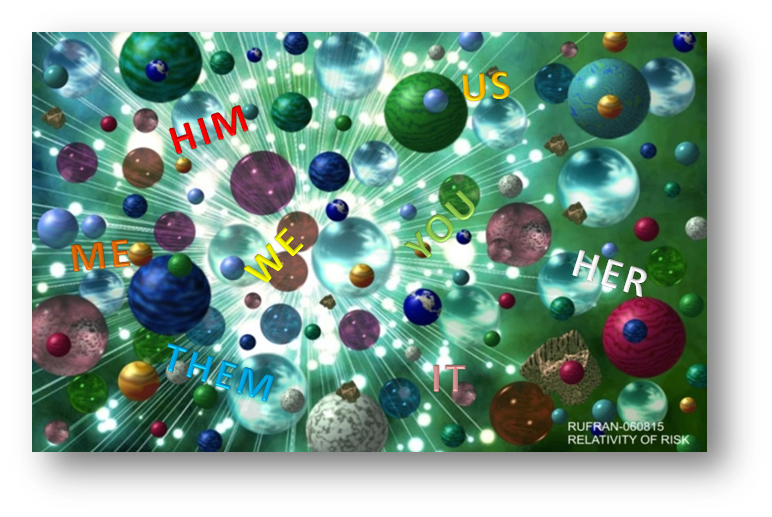
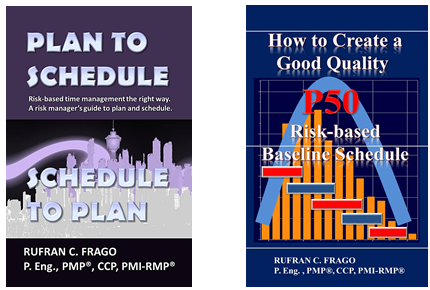

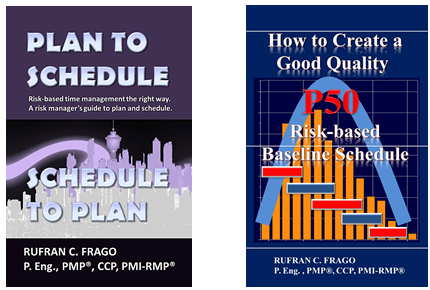
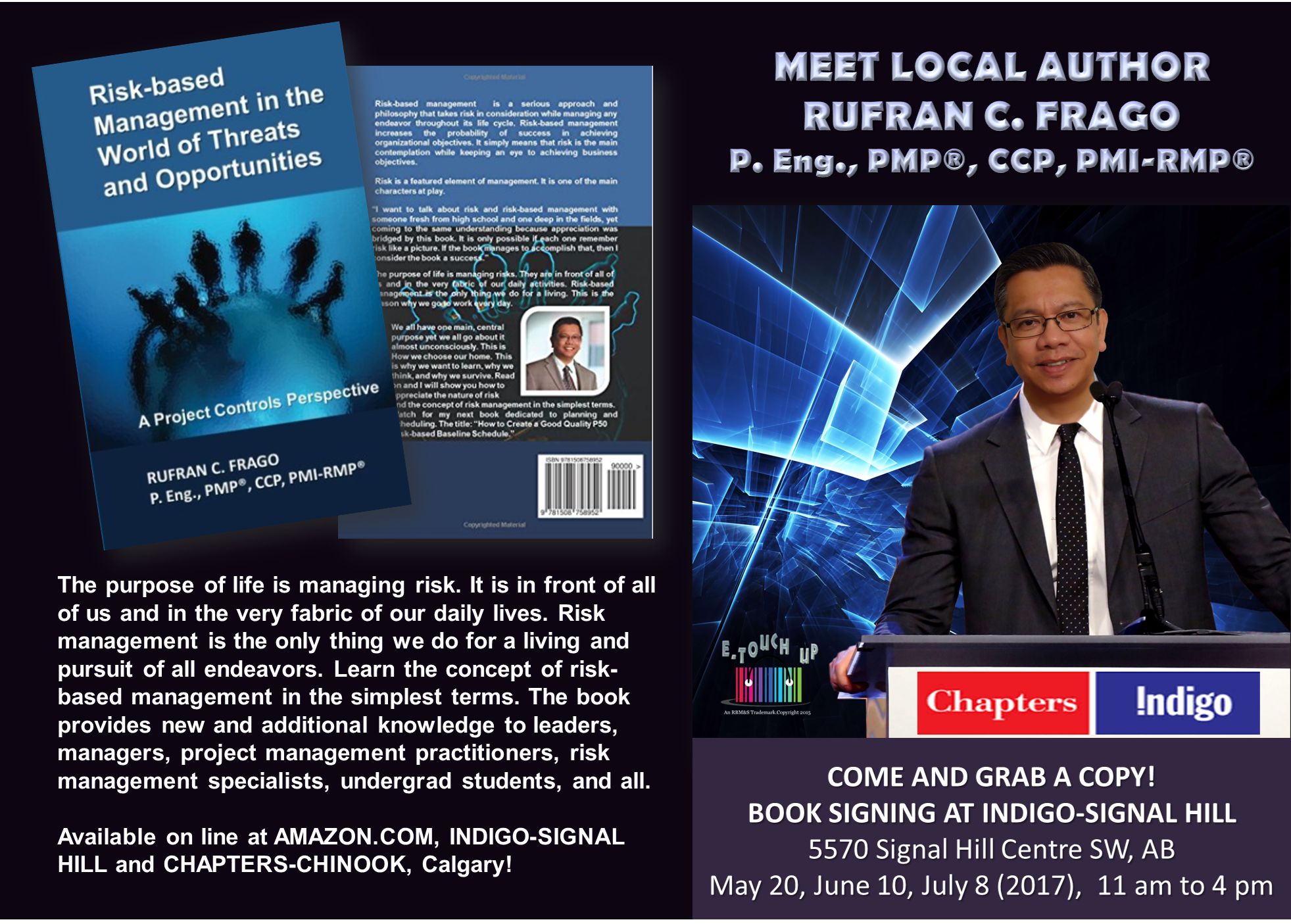

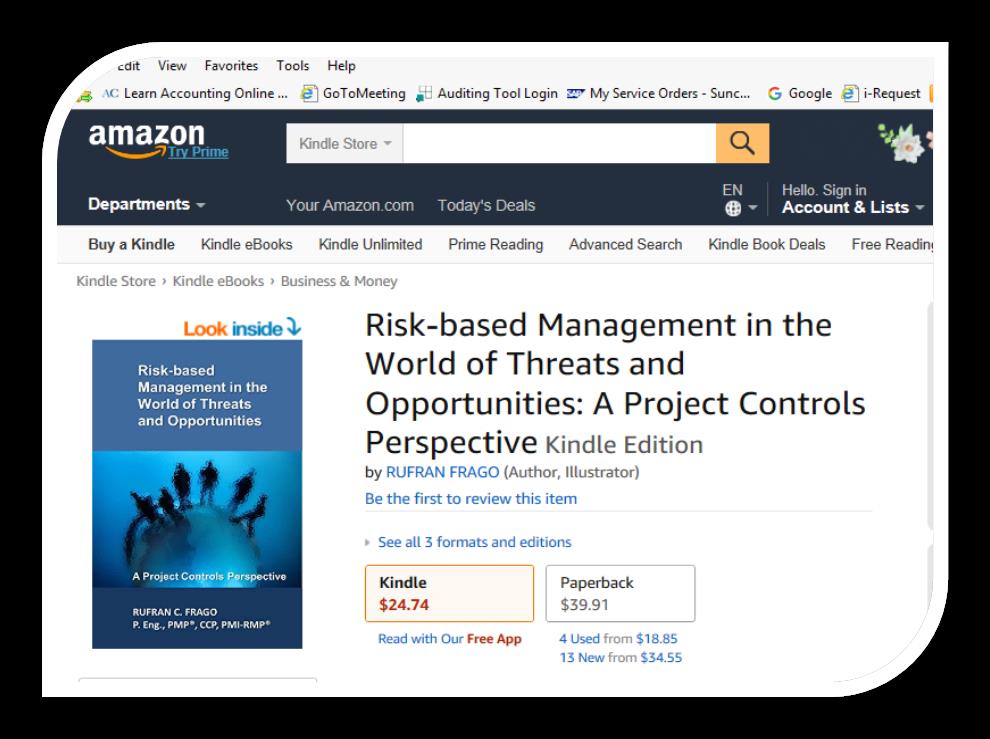
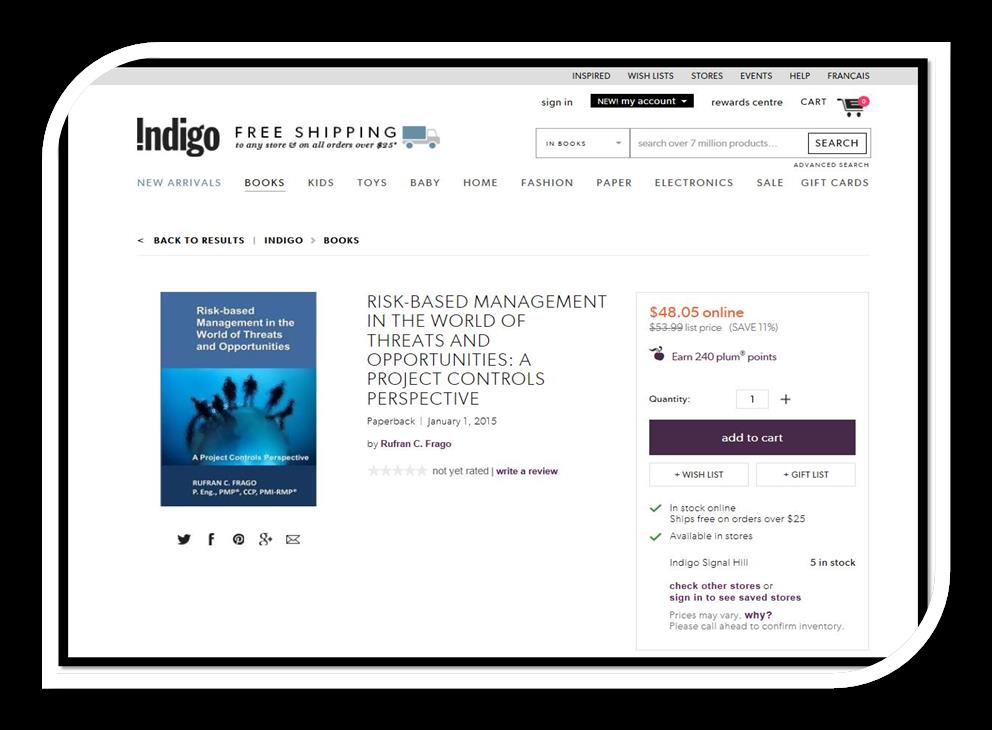
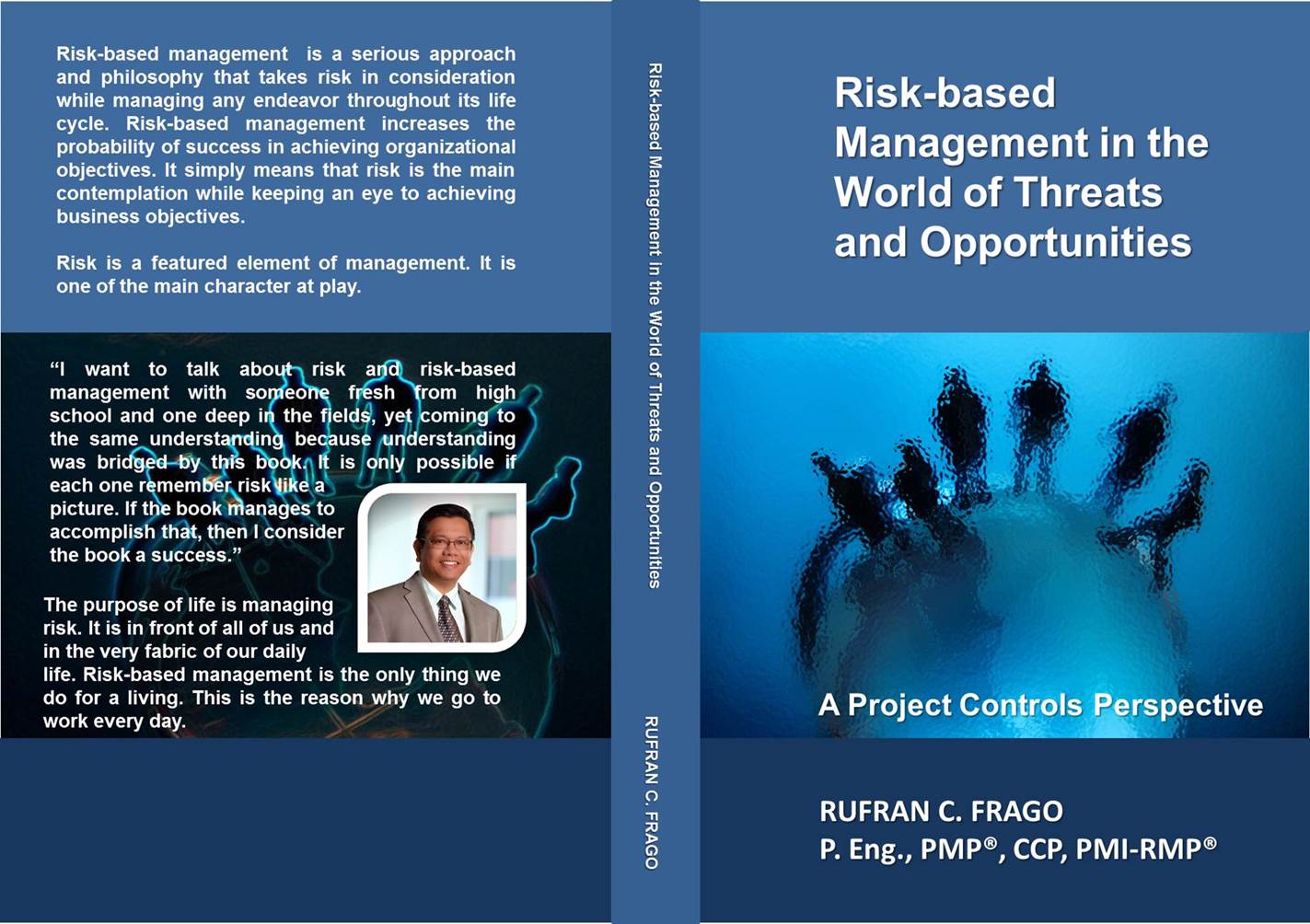

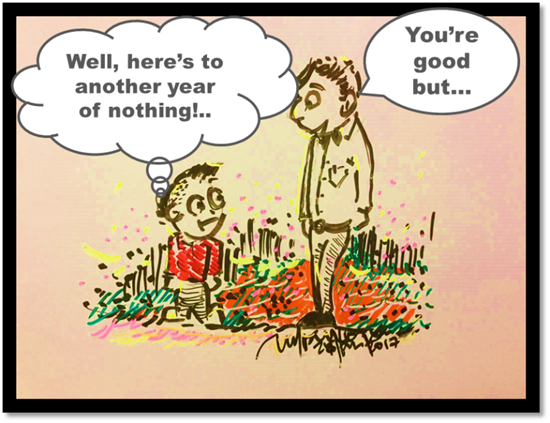
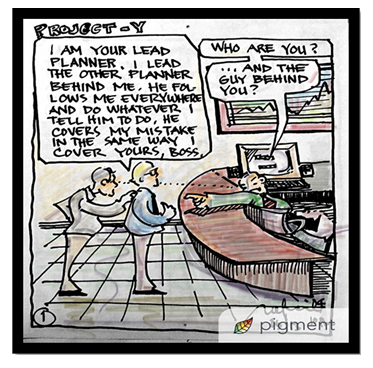
Like
Comment
Share